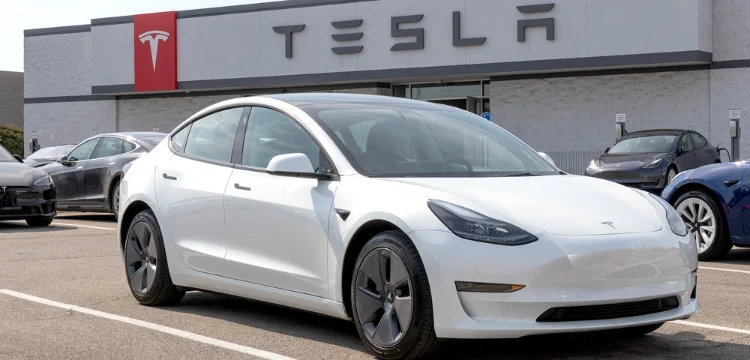A 20-month-old girl faced a life-threatening situation when she became trapped inside a Tesla Model Y due to a sudden battery failure during an intense heatwave in Arizona, United States. Renee Sanchez, the girl’s grandmother, recounted to a local news outlet that she had placed the toddler in the car seat before realizing the car had completely lost power. Sanchez found herself unable to open the car using either her phone key or card key.
With no other options, Sanchez contacted the local fire department for assistance. Firefighters arrived but initially struggled to access the Tesla, ultimately breaking a window with an axe to rescue the trapped toddler. Despite the difficulty of accessing the car’s interior latch and cable due to the locked state of the vehicle, the girl was safely rescued. However, the incident highlighted the challenges first responders face with Tesla vehicles in emergency situations.
Reports indicate that a Tesla Model Y can be accessed in emergencies by jump-starting its 12-volt battery, a complex process involving accessing cables and the vehicle’s hood. Unfortunately, neither Sanchez nor the firefighters were aware of this emergency access mechanism during the incident.
Also Read: Tesla to Remove Steering Wheel Alerts with Self-Driving Update
Michael Brooks, Executive Director of the Center for Auto Safety, emphasized the critical danger a toddler faces when trapped in a hot car, particularly with the consistently high temperatures in Arizona. Although Sanchez’s granddaughter emerged from the incident unharmed, she was understandably frightened and upset. Sanchez expressed anger afterward, reflecting on how much worse the outcome could have been.
EV expert Mike Klimkosky noted that Tesla vehicles typically provide persistent warnings about low battery levels, suggesting it was unusual for Sanchez not to have received any alerts. Tesla’s service department confirmed there were no warnings received by Sanchez, according to US media reports, and Tesla did not respond to further inquiries.
This incident has raised concerns about Tesla’s emergency safety features, particularly regarding reports of people being locked inside their vehicles. Mr. Klimkosky emphasized the importance of firefighters familiarizing themselves with procedures to handle Tesla vehicles safely in emergencies, suggesting that educating first responders on these procedures would be more efficient than breaking into the vehicles.
Mr. Brooks criticized Tesla for using electronic door latches without adequate emergency safeguards, placing responsibility on manufacturers rather than firefighters. He highlighted concerns about Tesla’s unmarked manual release doors, which he deemed a safety risk due to prioritizing aesthetics over functionality. He argued that expecting firefighters to memorize procedures for every vehicle type was impractical, given the variety of vehicles and first responders.
In 2023, Tesla recalled over two million vehicles in the US with its Autopilot system due to safety concerns raised by regulators. Following the recall, US auto safety regulators initiated an investigation in April to determine the adequacy of Tesla’s response, prompted by multiple crashes involving vehicles with updated Autopilot software.











